The trickiest thing when deciding where to live in France is to figure out where has the qualities you’re looking for. Some people are looking for wild, rocky shores, steeped in old customs and traditions…others cannot resist the allure of beautiful hill towns and lavender fields. The good news is France has it all. This guide should help you decide where to live and where to avoid for the perfect La vie française.
Get Your Free France Report Here
Get Your Free France Report Here
Learn more about France and other countries in our daily postcard e-letter. Simply enter your email address below and we’ll send you a FREE REPORT: A Taste of France: All the Ingredients for the Good Life.

By submitting your email address, you will receive a free subscription to IL Postcards, Overseas Dream Home, The Untourist Daily and special offers from International Living and our affiliates. You can unsubscribe at any time, and we encourage you to read more about our Privacy Policy.
The Dordogne
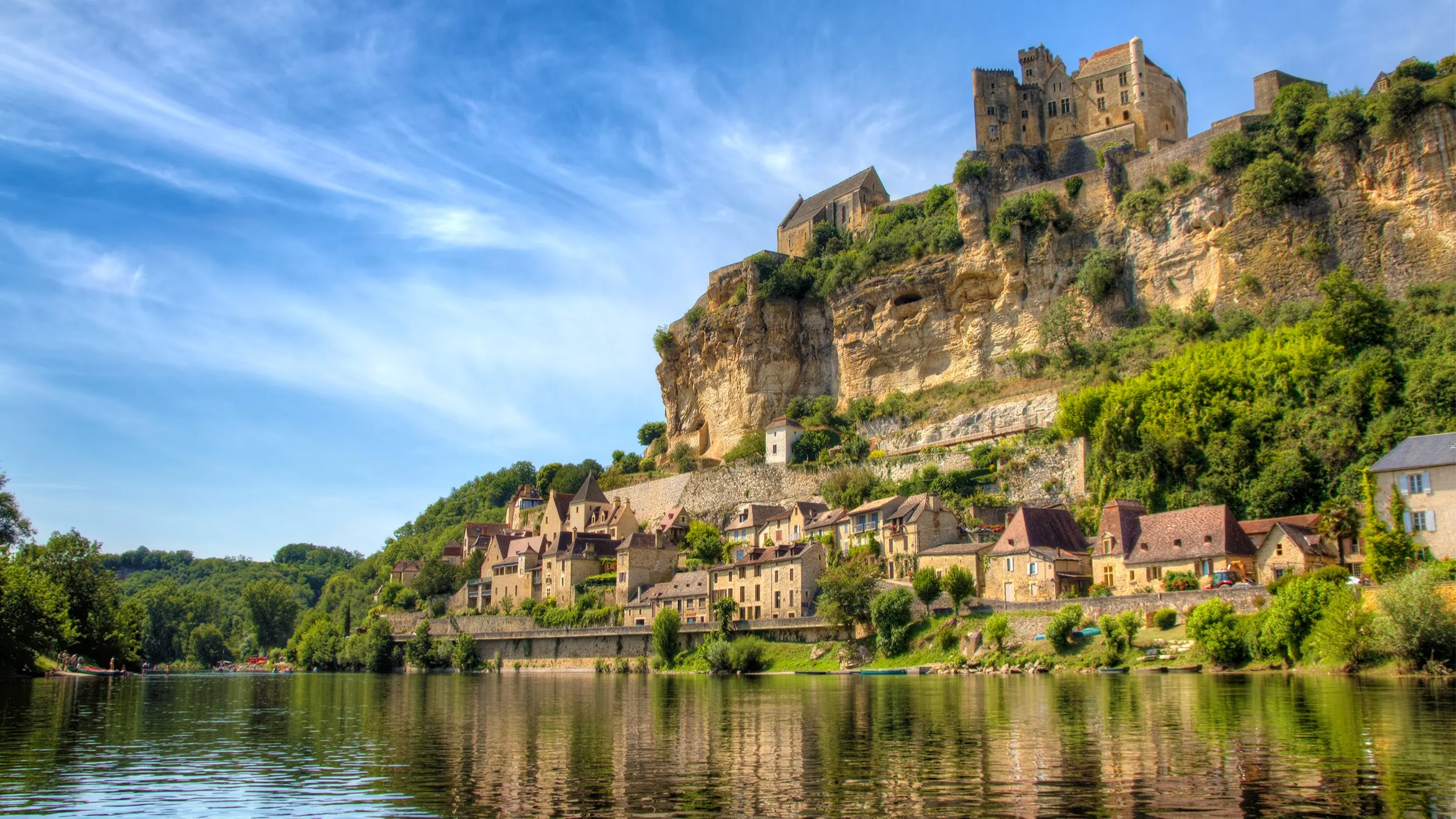
Both a département and a river, the Dordogne is the golden heartland of the southwest, part of the huge region of Aquitaine. Just to confuse us foreigners, many French people use the name Périgord when talking about this incomparably lovely area.
Call it the Périgord, call it the Dordogne, call it heaven. (Although some wags call it Dordogneshire because of its popularity with English expats!) For many prospective homebuyers, this is quintessential rural France, the dream place to go shopping for a little maison de village or a honey-colored stone farmhouse with a steeply sloping roof of russet-brown tiles. Everywhere here seems just so pastorally perfect, right down to the clouds of bright-blue butterflies and the lines of fluffy ducklings paddling down river.
The Périgord summers are gloriously warm and sunny. Under resplendent blue skies, the countryside is a feast for the eyes—a harvest festival of vineyards; fields full of sunflowers, tobacco plants, and corn; shady walnut groves; and stands of oak trees that often hide an underground treasure trove of black truffles. Casting reflections in crystalline rivers, a fairytale château is perched on top of wooded cliffs. There are dozens of picture-perfect villages, each one seemingly more enchanting than the last.
And it's here in the Périgord that you discover that France's reputation for culture dates back to Paleolithic times. Valleys are honeycombed with caves, passageways, and hidey-holes. In a number of these subterranean refuges, the prehistoric people who once lived the troglodyte lifestyle have left their mark on the walls.
Another feature of the area is the numerous bastide(fortified) towns, though "towns" is a misnomer—some are little bigger than villages. Most of these fortified settlements date back to the 13th and 14th centuries, the time of the Hundred Years' War. Some bastide towns have French origins, others English. The Aquitaine region once belonged to England's Plantagenet kings, and the two enemies scrapped for it like dogs over a bone, building new strongholds with each bit of ground gained. It wasn't until 1453 and the decisive Battle of Castillon that the English were finally driven out of the Dordogne.
Aix-en-Provence
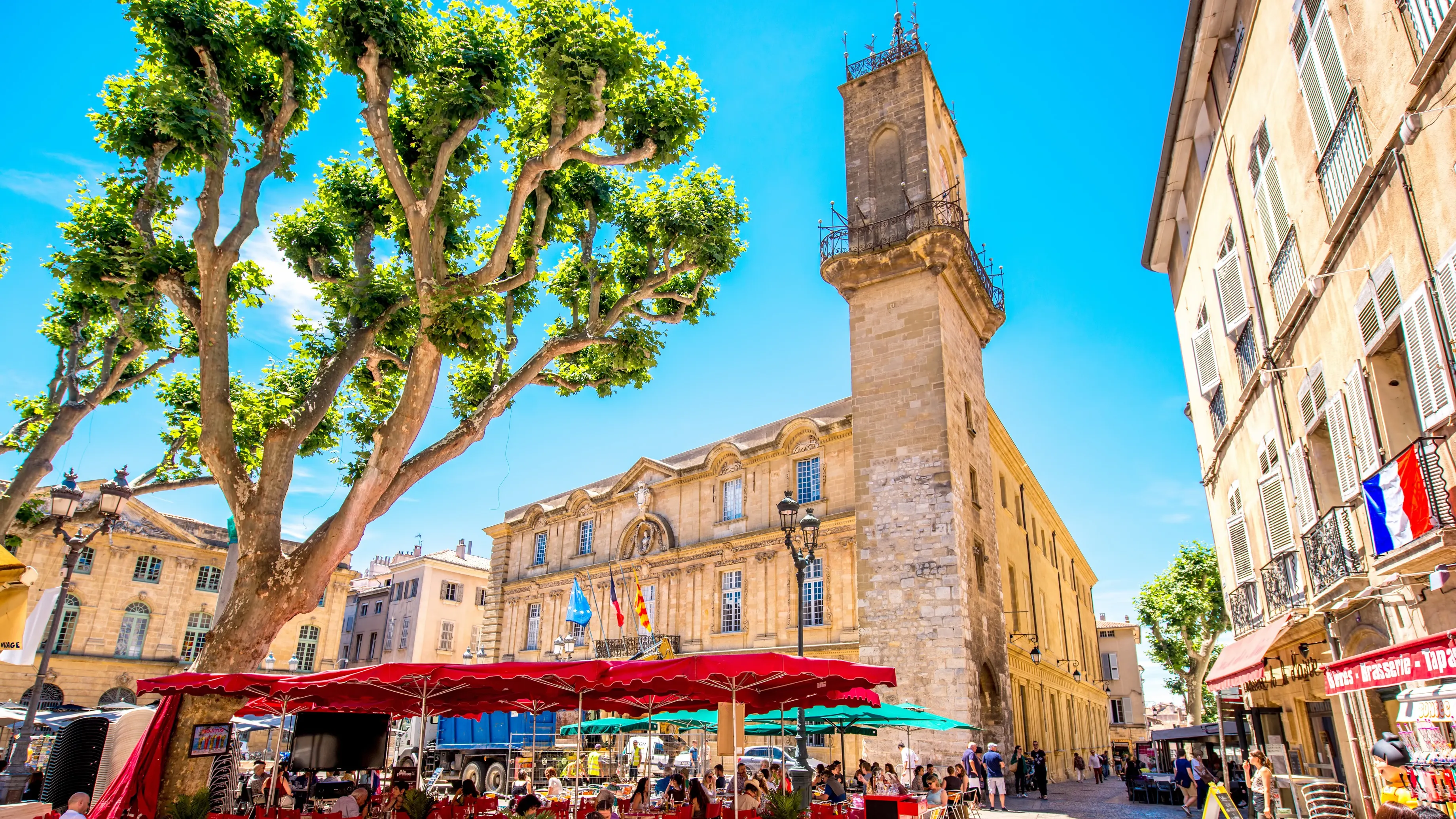
Aix is a wildly romantic little city of fountains and medieval streets that was once the Provençal capital. Although that honor now goes to Marseille, Aix hasn’t gotten the message yet…it still acts as the center of the cultural universe. The vast majority of visitors here are French. You won’t see menus written up in six different languages…and you certainly won’t see anything that could be described as a tourist trap. This is a real city where real people live. It’s not the folks from tour buses who are buying chunks of conger eel and individual sea urchins from the fishmonger, tripes à la mode de Caen from the butcher, and pain au chocolat from the boulangerie (bakery). Most visitors are drawn to Aix for the same reasons you might want to consider buying a home here: the desire to experience sophisticated pleasures. If your tastes run to opera, ballet, and sacred music; museums, art galleries, and good restaurants, this oh-so-elegant city was made for you
Get Your Free France Report Here
Get Your Free France Report Here
Learn more about France and other countries in our daily postcard e-letter. Simply enter your email address below and we’ll send you a FREE REPORT: A Taste of France: All the Ingredients for the Good Life.

By submitting your email address, you will receive a free subscription to IL Postcards, Overseas Dream Home, The Untourist Daily and special offers from International Living and our affiliates. You can unsubscribe at any time, and we encourage you to read more about our Privacy Policy.
Nice
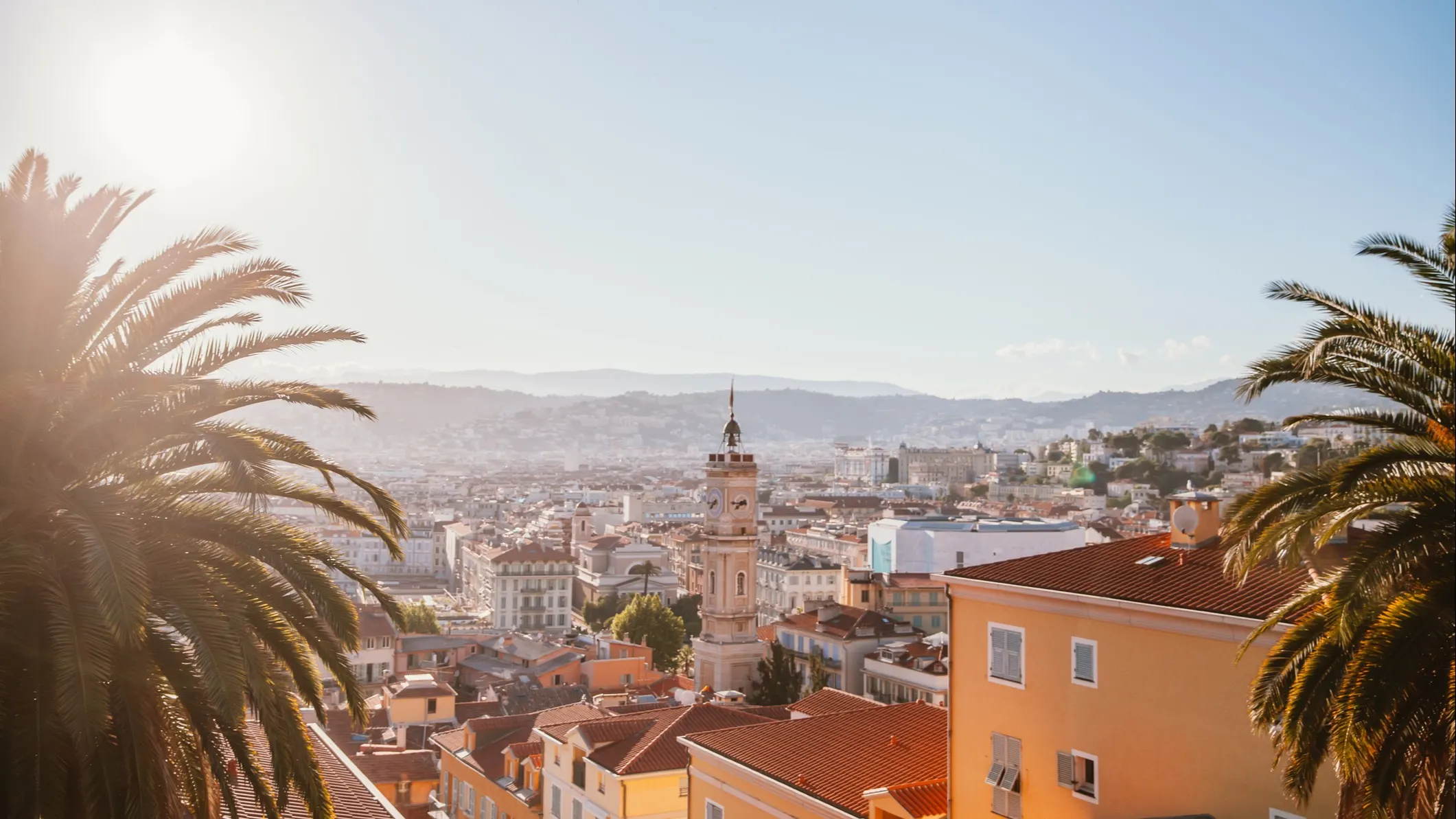
As France’s fifth largest city in terms of population, and the second largest city in the fabled Provence-Alpes-Cote d’Azur region (Marseille takes the top spot), Nice has long been considered one of the most attractive cities to live in the country. On the edge of the Italian border, a mere 18 miles away, and facing the deep blues of the Mediterranean Sea, the living is easy and the weather is near perfect.
It’s hard to imagine a more beautiful setting than this sparkling gem nestled between the mountains and the sea.
The iconic pedestrian walkway, La Promenade des Anglais, runs about four and a half miles along the coast and passes some of Nice’s most majestic buildings to the north (Hotel Negresco, Le Royal Hotel, and the Massena Museum) and large swaths of prime sunbathing territory to the south. Beachside restaurants, bars, and cafés line the elegant boulevard, with the pedestrian zone laying claim to a daily parade of walkers, joggers, and cyclists. Blue and white umbrellas add a chic, French touch to the pebbly beaches of Beau Rivage, Castel, and Opéra (just a few of the numerous public and private beaches along La Promenade).
Long home to a loyal set of international tourists, Nice also has a dynamic expat community—with strong Italian, North African, and even English influences. More and more Americans have also moved to the area, enamored with the idea of retiring along the French Riviera. With a host of outdoor activities, an arts scene second only to Paris in size, and one of the most attractive climates in all of France, it’s easy to see why.
Get Your Free France Report Here
Get Your Free France Report Here
Learn more about France and other countries in our daily postcard e-letter. Simply enter your email address below and we’ll send you a FREE REPORT: A Taste of France: All the Ingredients for the Good Life.

By submitting your email address, you will receive a free subscription to IL Postcards, Overseas Dream Home, The Untourist Daily and special offers from International Living and our affiliates. You can unsubscribe at any time, and we encourage you to read more about our Privacy Policy.
Lyon
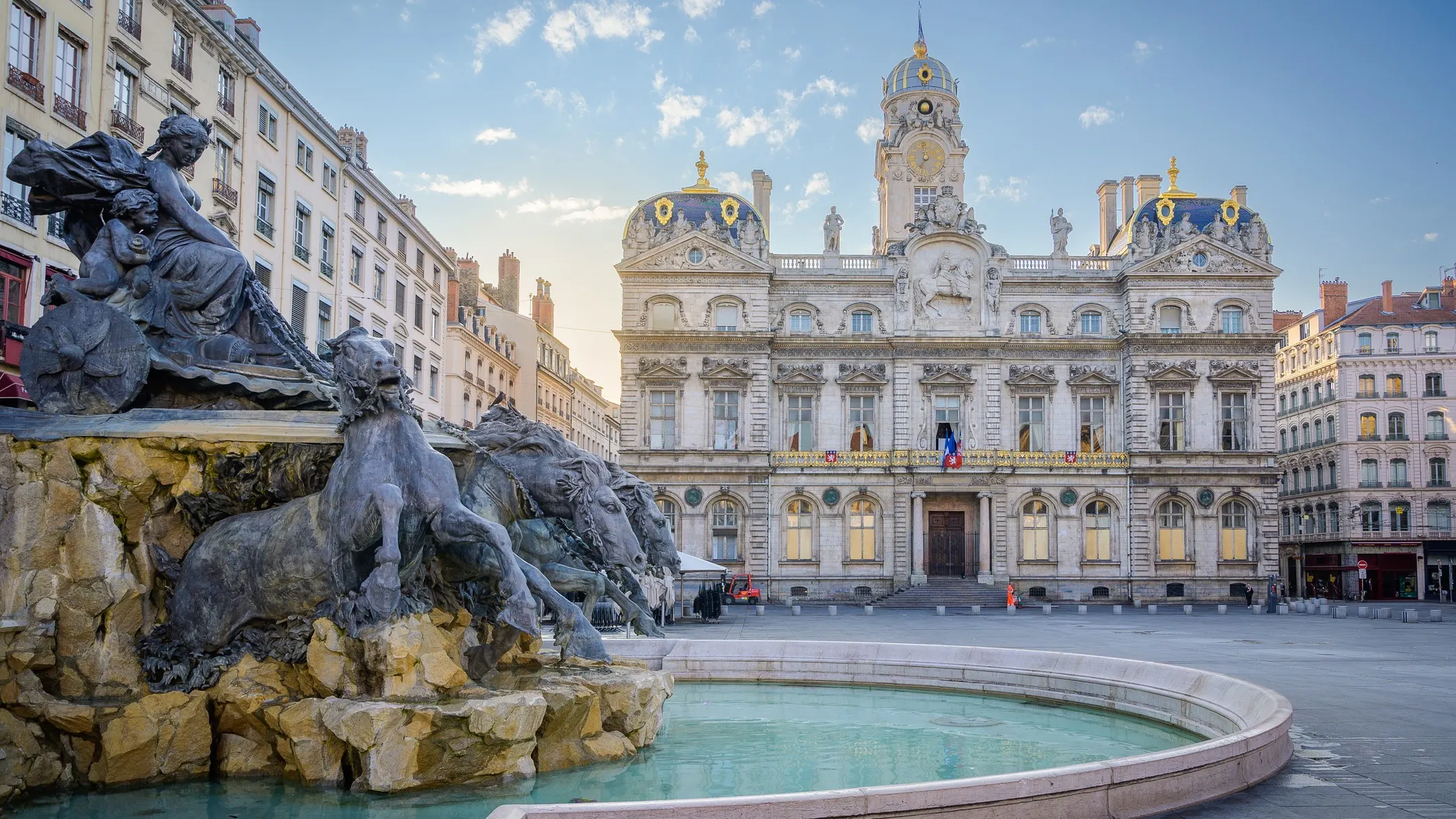
To the uninitiated, beautiful Lyon, France’s third largest city, is often thought of as a runner-up to Paris. But for many of those who live there—natives, former Parisians, and international residents alike—Lyon stands in a class of its own.
Populated by a half-million, Lyon has all the usual offerings of a large, sophisticated city. With its wide assortment of excellent museums, theaters, and festivals, you’ll never suffer from a shortage of cultural events. It has an extensive and inexpensive public transportation system. There are farmers’ markets and restaurants galore. You’ll have your choice of doctors and pharmacies, bookstores, boutiques, galleries, and gyms… Lyon has it all.
But there’s a reason why Lyon’s slogan is “Only Lyon.” Outwardly, it might seem like your typical big city, but upon closer look, you’ll see that it’s got dozens of fascinating elements that make it a truly unique and special place.
First, there’s its beauty. Lyon is not a city of grim skyscrapers, perpetually clogged with traffic and impatient city-dwellers. Rather, it’s a tranquil city filled with elegant buildings painted in the warm yellow-orange-ochre hues of the Mediterranean. Not one but two rivers—the Saône and Rhône—cut right through the center of town, and locals often picnic, stroll, and bike along their banks. Few big, thriving cities offer the calm and loveliness of Lyon.
Then there’s the food. Paris may be the capital of France, but Lyon is the capital of French gastronomy. The Lyonnais are deeply proud of this role, and take great pride in preparing their food with the highest quality local ingredients and the utmost care.
Bordeaux

Moving to a new place, especially to a completely new country, can be challenging. But, if your new residence is in Bordeaux, consider yourself lucky, since this French town is well known for its high standard of living, beautiful surroundings, and friendly citizens.
Located just a few miles from the Atlantic Ocean, in a picturesque part of France, Bordeaux is blessed with the Atlantic climate of warm summers and mild winters. Although it has its share of rainy days, most expats will say that the weather here is just perfect for relaxing and enjoying your free time.
Strolling through the ancient streets, alongside the Garonne River, and knowing some of the world’s best known and loved vineyards are only a few minutes away helps you understand why Bordeaux is one of the most popular destinations for expats and tourists.
You will also enjoy the outdoors, with hot sunny summers with temperatures in the mid to high 60 F and mild winters, but January can be particularly cooler with temperatures of around 59 F. The summer is a perfect time to take advantage of the hundreds of wineries within an hour’s drive, or the beautiful sandy beaches on the Atlantic coast only a 40-minute drive away.
Now, let’s have a look at a few places where settling in as an expat may not be so easy and perhaps, should be avoided.
Get Your Free France Report Here
Get Your Free France Report Here
Learn more about France and other countries in our daily postcard e-letter. Simply enter your email address below and we’ll send you a FREE REPORT: A Taste of France: All the Ingredients for the Good Life.

By submitting your email address, you will receive a free subscription to IL Postcards, Overseas Dream Home, The Untourist Daily and special offers from International Living and our affiliates. You can unsubscribe at any time, and we encourage you to read more about our Privacy Policy.
Orange, South of France
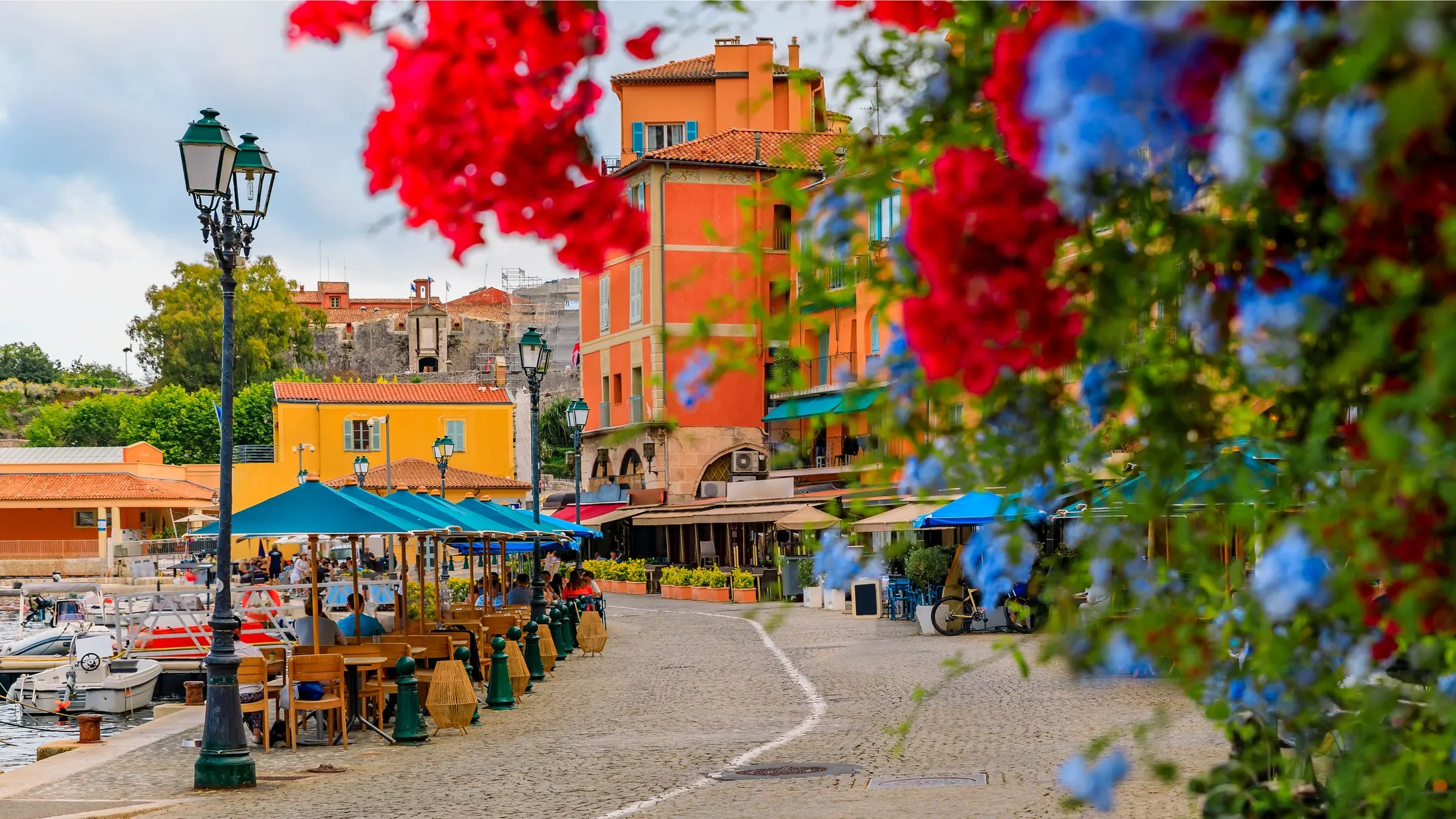
The south of France region known as Provence is an engaging collection of hilltop villages, rolling vineyards, and beautiful towns like Aix-en-Provence, Avignon, and Saint-Rémy-de-Provence. It also includes a host of romantic, lost-in-time destinations which attract international travelers, and retirees, the world over. Made famous by British author Peter Mayle, the area known as the Luberon Regional Park includes the villages of Ménerbes (the author’s one-time home), Gordes, and stunning Fontaine-de-Vaucluse—a classic Provençal village bounded by a river and watermill.
Known for its perennially sunny weather, whitewashed beaches (St. Tropez falls within her borders), and rich French cuisine, Provence has seemingly everything one might look for when choosing a home abroad. Although, as the locals will tell you, it’s important to choose your south of France “home-away-from-home” wisely. While a generally well-connected and dynamic region, some villages and towns are quite isolated, or may lack the varied social and cultural activities which make living in Provence so attractive. Some, unfortunately, are missing both.
Surprisingly, the town of Orange would fall into this category. Even though it has enormous potential due to its unique historical heritage (the Roman theater and Arc de Triomphe are both listed as UNESCO World Heritage sites), Orange is missing a varied social calendar and the dynamism of similar destinations in the south. Residents remark positively on the quality of restaurants in the downtown area, but feel Orange is missing some key amenities—citing a lack of public gardens, movie theaters, shopping venues, and a historic center that feels devoid of nightlife.
Aside from the city bus, public transportation options are few, and some inhabitants complain of pollution from the RN7 national highway which passes almost directly through town. As in other areas of southeastern France, unemployment is high and, unfortunately, Orange has not attracted a consistent level of economic investment. Several residents have also cited the need for more medical services and doctors’ offices in Orange proper.
On a positive note, the town makes for an interesting side-trip for fans of Roman history, and the summer months see an influx of visitors and an augmented social calendar. Orange is near the vineyards of Châteauneuf-du-Pape and a 30-minute drive from Avignon.
Get Your Free France Report Here
Get Your Free France Report Here
Learn more about France and other countries in our daily postcard e-letter. Simply enter your email address below and we’ll send you a FREE REPORT: A Taste of France: All the Ingredients for the Good Life.

By submitting your email address, you will receive a free subscription to IL Postcards, Overseas Dream Home, The Untourist Daily and special offers from International Living and our affiliates. You can unsubscribe at any time, and we encourage you to read more about our Privacy Policy.
Mulhouse, Alsace
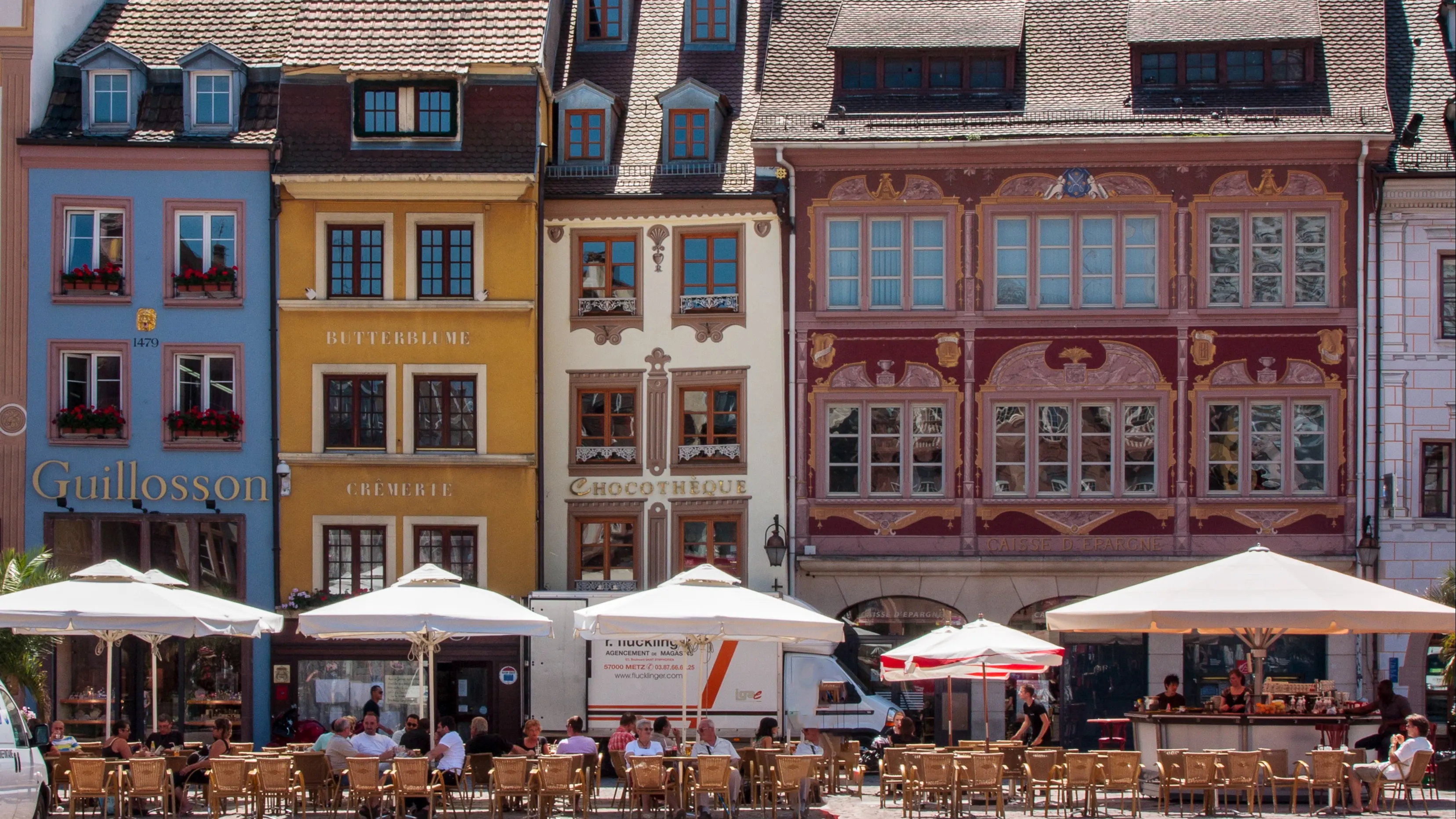
The city of Mulhouse is quite large, by French standards, with the last census putting the metropolitan area at around 110,000 inhabitants. As the second largest city in the Alsace region of France, Mulhouse is close to both the German and Swiss borders, and, contrary to the town of Orange, is well-served by public transportation. Known for its scientific contributions, this important center for manufacturing and development is home to several industries—including chemical companies, electronics, and engineering specialists. The French automaker Peugeot’s Mulhouse factory is the largest employer in the region.
While Mulhouse’s technical prowess is to be admired, the city itself fails to transmit the ephemeral magic of the Alsace region—one of the most beautiful and captivating areas in all of France. A place of half-timbered villages laden with flowing flower-boxes and colorful wooden shutters, places like Colmar, Riquewhir, and Kaysersberg seem plucked straight from a fairytale. A strong German influence is found throughout the region, from the fabled wine route (serving up crisp Rieslings and fragrant Gewurztraminers) to Alsace’s world-famous Christmas markets. Huddling around a gingerbread stand, hot wine in hand, in the shadows of Strasbourg’s majestic cathedral is an unforgettable holiday experience.
Although Mulhouse has a charming historic center that mirrors the attributes of its neighbors, the rest of the city feels largely industrial. A mish-mash of towering apartment blocks and commercial zones, it’s difficult to find the “heart” of downtown, or define an agreeable public zone. Moreover, crime rates are high compared to cities of similar size in France. On the lifestyle website, Ville Ideale, residents gave the city a 4.4 out of 10 ranking on measures of safety.
Other concerns include a lack of social activities, especially in the evening, and the feeling that certain neighborhoods have been abandoned over the years. A general sense of “degradation” is a repeated theme, with many pointing out the need for a revitalization of the urban zones.
In addition to the infrastructural issues, the weather in Mulhouse constitutes a particular challenge— characterized by cold winters (temperatures frequently dip below zero), and hot and humid summers. Many other towns around Alsace experience similar climates, and this condition is not only endemic to Mulhouse.
As a side trip, Mulhouse offers interesting activities for history and science buffs, with the Museum of Electricity and the Cité de l’Automobile (a museum featuring a large collection of classic cars) attracting visitors from around the country. The Basel-Mulhouse-Freiburg airport, a short-drive over the Swiss border, connects the city to other points in France and abroad.
Get Your Free France Report Here
Get Your Free France Report Here
Learn more about France and other countries in our daily postcard e-letter. Simply enter your email address below and we’ll send you a FREE REPORT: A Taste of France: All the Ingredients for the Good Life.

By submitting your email address, you will receive a free subscription to IL Postcards, Overseas Dream Home, The Untourist Daily and special offers from International Living and our affiliates. You can unsubscribe at any time, and we encourage you to read more about our Privacy Policy.
Related Articles
Moving to France Will Be the Best Move You’ve Ever Made
